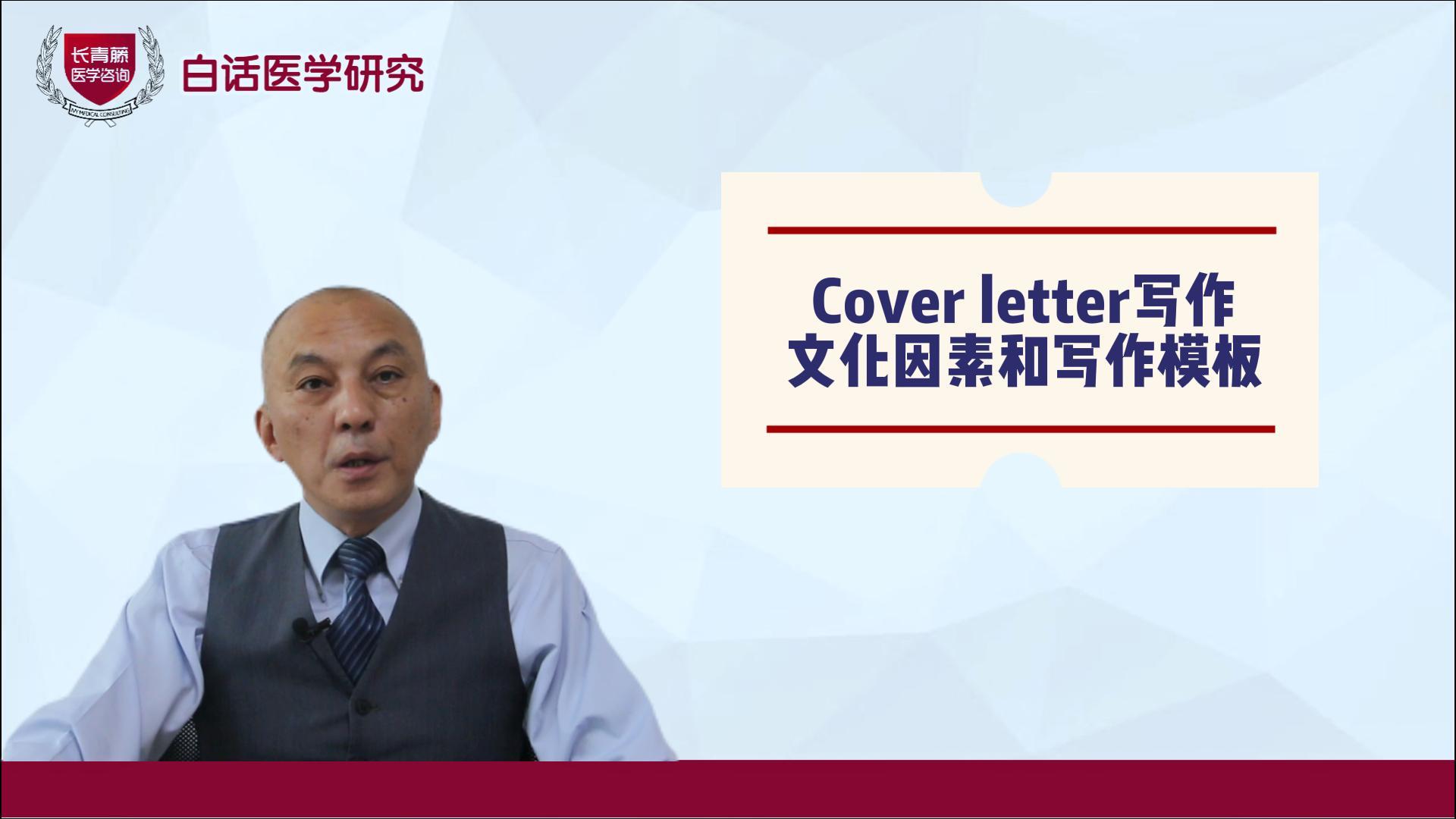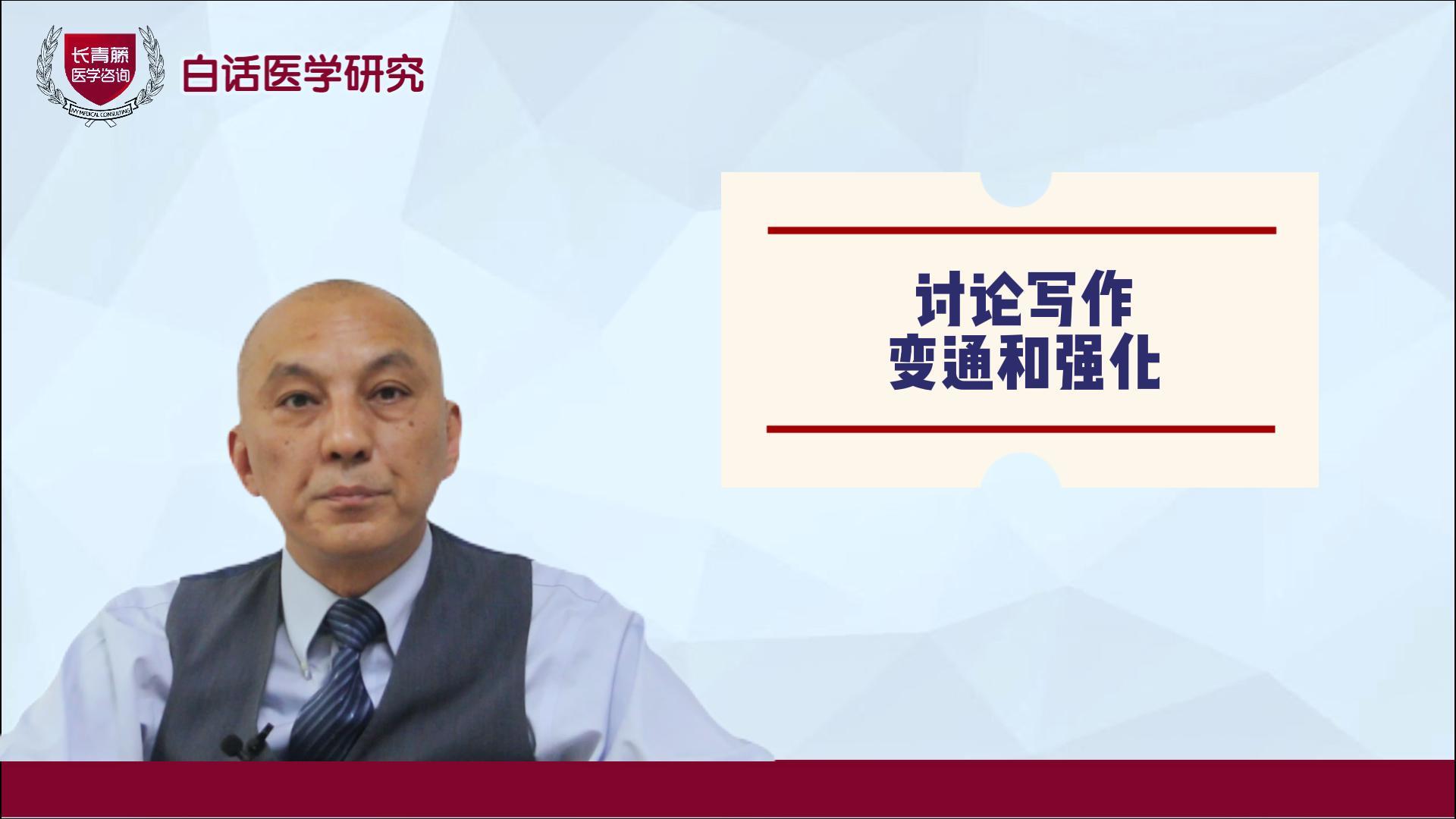1970-01-01

Yoshinobu Onuma; Patrick W Serruys, The ABSORB Investigators
Thorax Cntr, Erasmus MC, Rotterdam, Netherlands
Background: Bioabsorbable polymer drug-eluting stents (DES) are an alternative approach potentially providing short-term vessel scaffolding combined with drug delivery capability but avoiding the long-term limitations of metallic stents, such as late stent thrombosis and impaired endothelial function. Two-year follow-up of this first-in-man trial using the BVS Everolimus-Eluting Stent System (Abbott Vascular, Santa Clara, CA, USA) demonstrated an in-stent late loss of 0.48mm and diameter stenosis of 27%. The two-year optical coherent tomography and intravascular ultrasound imaging analysis demonstrated luminal area enlargement compared to 6 months, due to a decrease in plaque without change in vessel size. In addition, vasomotion was restored at the stented site and adjacent coronary artery at 2 years. However, the clinical outcomes beyond 2 years after implantation of the BVS stents are not yet available.
Methods: The purpose of the ABSORB Clinical Investigation is to assess the safety and performance of the BVS Everolimus-Eluting Coronary Stent System (Abbott Vascular, Santa Clara, CA, USA) in the treatment of patients with a single de novo native coronary artery lesion. Ischemia driven major adverse cardiac events (ID-MACE) was defined as a composite of cardiac death, myocardial infarction, or ischemia-driven target lesion revascularization.
Results: Enrolment of 30 patients at 4 clinical sites in Europe and New Zealand was completed in July 2006. At 2 years one patient died from non-cardiac cause at 706 days post-procedure. The mean duration of follow-up was 740.9 days (minimum 707 days, maximum 800 days). At 2 year follow-up, there was one non-Q wave myocardial infarction (peak troponin 2.21ng/ml) related to the treatment of a non-flow-limiting stenosis (QCA DS 42%) in a patient who experienced a single episode of angina at rest without electrographic evidence of ischemia.
Conclusion: Results up to 2 years indicate that the BVS stent has a low long-term MACE rate (3.6%). Clinical results at 3 years are being collected and will be presented.
百度浏览 来源 : 国际循环
版权声明:本网站所有注明来源“医微客”的文字、图片和音视频资料,版权均属于医微客所有,非经授权,任何媒体、网站或个人不得转载,授权转载时须注明来源:”医微客”。本网所有转载文章系出于传递更多信息之目的,且明确注明来源和作者,转载仅作观点分享,版权归原作者所有。不希望被转载的媒体或个人可与我们联系,我们将立即进行删除处理。 本站拥有对此声明的最终解释权。




发表评论
注册或登后即可发表评论
登录注册
全部评论(0)